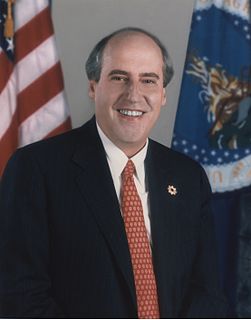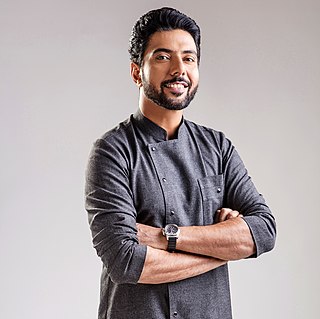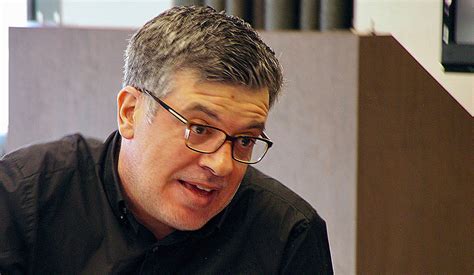A Quote by Dan Glickman
Each year-in the fields, commercial kitchens, markets, stores, and restaurants-millions of pounds of food go to waste... We need to find ways to get this food into the mouths of the hungry and not into the mouth of the dumpster.
Related Quotes
We domesticated pigs to turn food waste back into food. And yet, in Europe, that practice has become illegal since 2001 as a result of the foot-and-mouth outbreak. It's unscientific. It's unnecessary. If you cook food for pigs, just as if you cook food for humans, it is rendered safe. It's also a massive saving of resources.
The growth of the American food industry will always bump up against this troublesome biological fact: Try as we might, each of us can only eat about fifteen hundred pounds of food a year. Unlike many other products - CDs, say, or shoes - there's a natural limit to how much food we each can consume without exploding. What this means for the food industry is that its natural rate of growth is somewhere around 1 percent per year - 1 percent being the annual growth rate of American population. The problem is that [the industry] won't tolerate such an anemic rate of growth.
I am grateful for each and every food bank that helps families in need. Now, more than ever, hunger is a crisis in America, and yet it is not spoken enough and people have yet to give enough to help those in need. Local food banks help fill this need but they need our help, our support, and most importantly, our dollars. No one should ever go hungry.
I think there are two ways of eating, or cooking. One is restaurant food and one is home food. I believe that people have started making food that is easy that you want to eat at home. When you go out to a restaurant, you want to be challenged, you want to taste something new, you want to be excited. But when you eat at home, you want something that's delicious and comforting. I've always liked that kind of food - and frankly, that's also what I want to eat when I go out to restaurants, but maybe that's me.
The first supermarket supposedly appeared on the American landscape in 1946. That is not very long ago. Until then, where was all the food? Dear folks, the food was in homes, gardens, local fields, and forests. It was near kitchens, near tables, near bedsides. It was in the pantry, the cellar, the backyard.

































